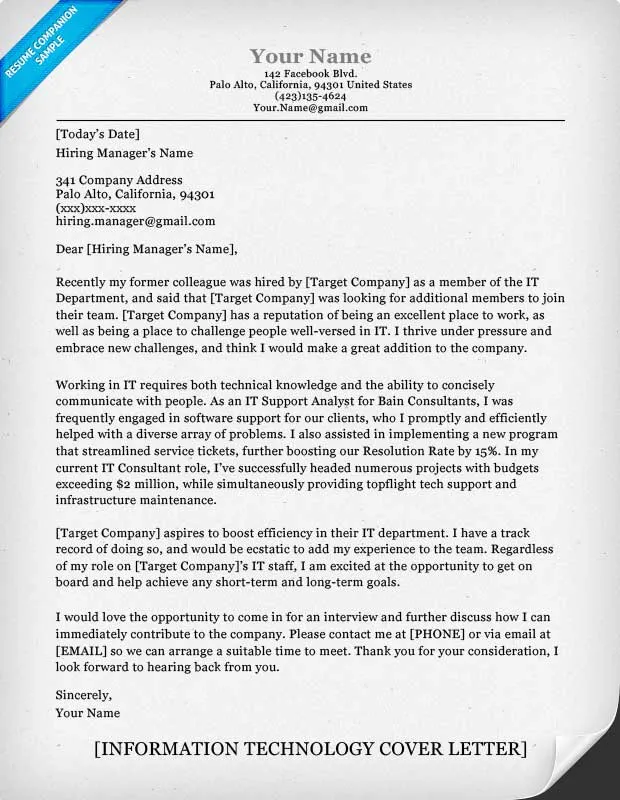What is a Cover Letter and Why Does it Matter
A cover letter is more than just a formality in the job application process; it’s your first impression and an opportunity to make a strong case for yourself. It serves as a personalized introduction to your resume, allowing you to highlight relevant skills, experiences, and accomplishments that directly align with the job requirements. In today’s competitive job market, a well-crafted cover letter can set you apart from other candidates, demonstrating your genuine interest in the position and the company. It provides a platform to showcase your personality, communication skills, and understanding of the company’s needs, making it an essential component of any professional job application.
Highlighting Your Skills
A professional cover letter should effectively highlight your skills and how they align with the specific job requirements. Begin by carefully reviewing the job description and identifying the key skills and qualifications the employer seeks. Then, in your cover letter, explicitly mention these skills and provide concise examples of how you’ve utilized them in previous roles. This might involve detailing specific projects, tasks, or responsibilities where you demonstrated proficiency in those areas. Moreover, you should tailor your skills section to reflect the needs of the company, rather than simply listing all your abilities. This targeted approach demonstrates your understanding of the role and your ability to bring value to the organization.
Tailoring Your Cover Letter
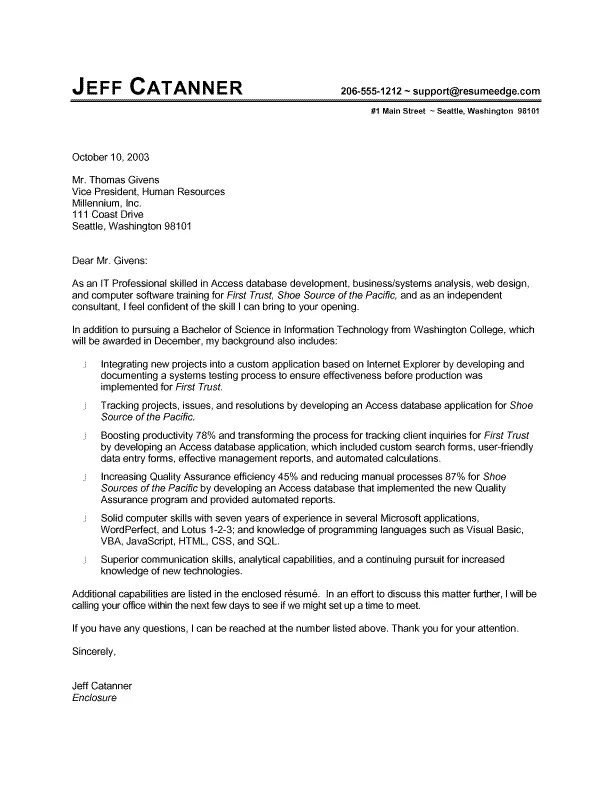
One of the most critical aspects of a winning cover letter is its ability to demonstrate personalization. Generic cover letters are easily identified and often disregarded by hiring managers. Instead, you need to tailor each cover letter to the specific job and company you are applying for. This involves researching the company, understanding its values, and addressing the hiring manager directly. By taking the time to personalize your cover letter, you show the employer that you care about the opportunity and have invested effort into understanding their needs and culture. This level of personalization is key to making a positive impression and setting yourself apart from other applicants.
Researching the Company
Before writing your cover letter, conduct thorough research on the company. Explore their website, social media profiles, and any recent news or publications. This research allows you to understand their mission, values, and recent achievements. By mentioning specific details about the company in your cover letter, such as their recent projects or initiatives, you demonstrate genuine interest and show that you have taken the time to learn about them. This research also enables you to tailor your skills and experience to match the company’s specific needs, making your application more relevant and compelling.
Addressing the Hiring Manager
Whenever possible, address the hiring manager by name. This simple step adds a personal touch to your cover letter and shows that you’ve taken the time to find out who will be reading your application. If the name of the hiring manager isn’t listed in the job posting, try to find it on the company website or LinkedIn. Addressing your letter to a specific person makes it feel more personal and increases the likelihood that the hiring manager will read it carefully. It also shows initiative and attention to detail, qualities that are highly valued in professional settings. If you cannot find a name, use a professional greeting like “Dear Hiring Manager”.
Showcasing Your Achievements
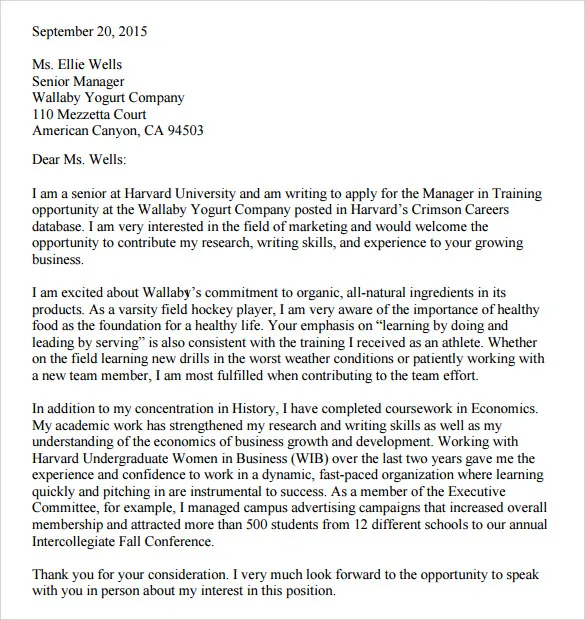
A cover letter is an opportunity to showcase your achievements and demonstrate the value you would bring to the company. Instead of just listing your responsibilities, highlight your accomplishments and quantify your results whenever possible. For each achievement, briefly describe the situation, your actions, and the positive outcome. This approach helps potential employers see the direct impact you’ve made in previous roles. Use specific examples to illustrate your skills and show how you have exceeded expectations or solved problems. This makes your cover letter more compelling and provides concrete evidence of your abilities and potential.
Quantifying Your Accomplishments
Quantifying your accomplishments adds credibility to your claims and makes them more impactful. Instead of saying you “improved sales,” state that you “increased sales by 15% in one quarter.” Providing numbers, percentages, and specific data points demonstrates your ability to achieve results and makes your achievements more tangible. This could involve mentioning the number of projects you successfully managed, the amount of money you saved the company, or the number of clients you acquired. Quantifiable results are particularly persuasive because they provide objective evidence of your performance and contribution to previous roles.
Using Action Verbs
Use strong action verbs to describe your responsibilities and accomplishments. Action verbs bring your cover letter to life and make your experiences more dynamic and engaging. Start each bullet point or sentence describing your accomplishments with a strong action verb, such as “managed,” “led,” “developed,” “achieved,” or “implemented.” These verbs help paint a clear picture of your actions and highlight your skills and abilities. This makes your cover letter more compelling and ensures that your achievements stand out to the reader.
Focusing on the Company’s Needs
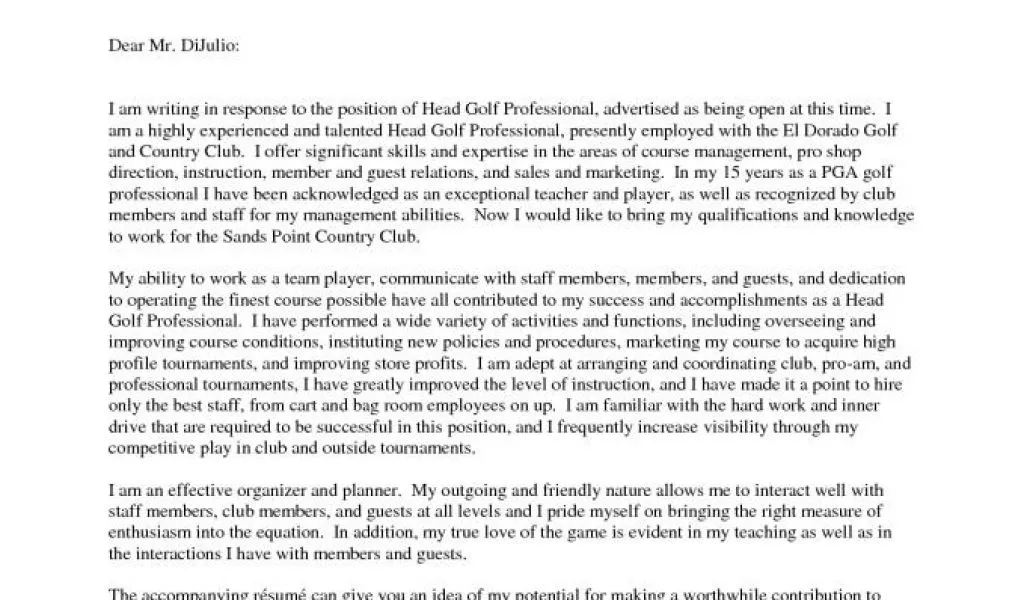
When writing your cover letter, shift the focus from yourself to the company’s needs. Instead of just highlighting your qualifications, explain how your skills and experience align with the job requirements and how you can contribute to the company’s success. By understanding the company’s goals and challenges, you can tailor your letter to demonstrate how you can help them achieve their objectives. This includes highlighting any specific skills or experiences that address the company’s needs and showcasing how your background makes you a valuable asset. This approach demonstrates that you are genuinely interested in the role and have the potential to make a meaningful contribution to the organization.
Writing a Compelling Opening
The opening paragraph of your cover letter is crucial as it sets the tone and grabs the reader’s attention. Start by stating your interest in the position and the company, and briefly mention how you learned about the opportunity. Immediately highlight a key skill or accomplishment that aligns with the job requirements and demonstrates your value. This is an opportunity to make a strong first impression and immediately capture the hiring manager’s interest. Avoid generic introductions and instead opt for a personalized and engaging opening that showcases your enthusiasm and unique qualifications.
Demonstrating Your Value
Throughout your cover letter, continually demonstrate your value to the company. Show, don’t just tell, how your skills, experience, and accomplishments can help the company achieve its goals. Provide specific examples of your past achievements and explain how these experiences make you an ideal candidate for the role. Connect your qualifications to the company’s needs and show how you can contribute to their success. By emphasizing the value you bring, you make a compelling case for why the company should hire you.
Proofreading and Editing
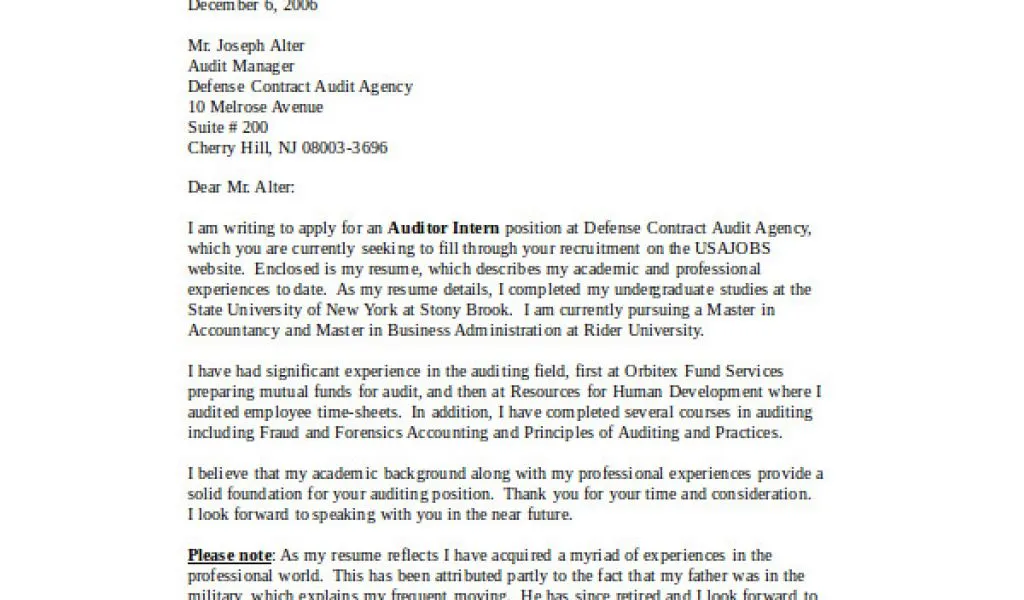
Proofreading and editing are essential steps in ensuring your cover letter is polished and professional. Typos, grammatical errors, and inconsistencies can undermine your credibility and diminish your chances of getting an interview. Before submitting your cover letter, carefully review it for any mistakes. It’s also a good idea to have someone else proofread it for you, as a fresh pair of eyes can often catch errors that you might miss. A clean, error-free cover letter demonstrates attention to detail and professionalism, which are essential qualities for any job applicant.
Checking for Grammatical Errors
Grammatical errors can create a negative impression and make your cover letter appear unprofessional. Thoroughly check your cover letter for grammatical errors, including incorrect punctuation, subject-verb disagreements, and sentence structure issues. Use grammar-checking tools and carefully proofread your work to catch any mistakes. Grammatical accuracy is essential for maintaining professionalism and presenting yourself as a competent communicator.
Ensuring Clarity and Conciseness
Ensure your cover letter is clear and concise. Avoid using jargon or overly complex language that could confuse the reader. Use clear and straightforward language to convey your message effectively. Keep your sentences and paragraphs brief and to the point, as hiring managers often have limited time to review applications. A well-written, easy-to-read cover letter is more likely to capture their attention and make a positive impression.
Cover Letter Formatting Tips
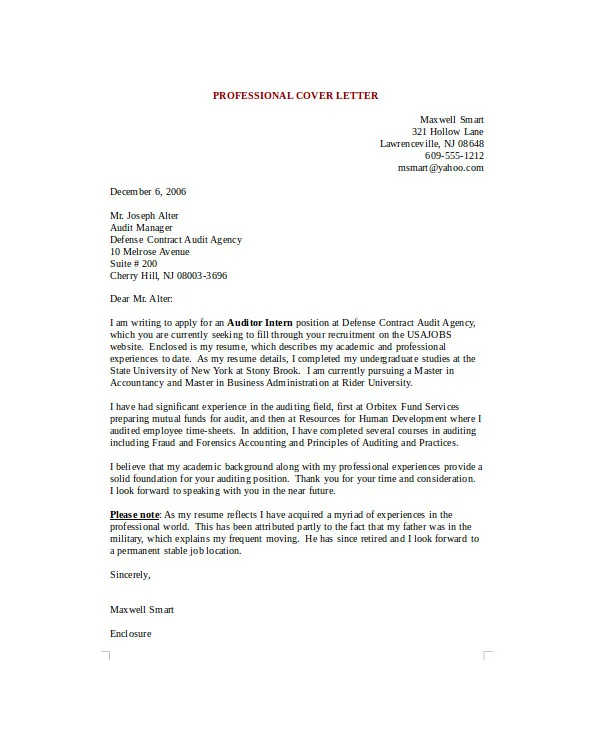
The formatting of your cover letter contributes significantly to its overall presentation and readability. Proper formatting makes your cover letter look professional and ensures that the hiring manager can easily read and understand the information. Pay attention to font choice, spacing, and the overall structure of your letter. These formatting choices enhance your cover letter and increase your chances of getting noticed.
Choosing the Right Font and Size
Select a professional and readable font for your cover letter, such as Times New Roman, Arial, or Calibri. Ensure the font size is between 11 and 12 points for easy readability. Avoid using overly decorative or complex fonts that can distract from the content of your letter. A clean and simple font contributes to a professional appearance and makes your cover letter more approachable for the reader.
Structuring Your Letter
Structure your cover letter in a logical and organized manner. Start with your contact information, followed by the date and the hiring manager’s name and address. The body of your letter should include an introduction, a few paragraphs highlighting your skills and experience, and a compelling conclusion. Use clear headings and concise paragraphs to break up the text and make it easier to read. A well-structured cover letter is visually appealing and ensures that the hiring manager can quickly find the information they need.
Keeping it Concise
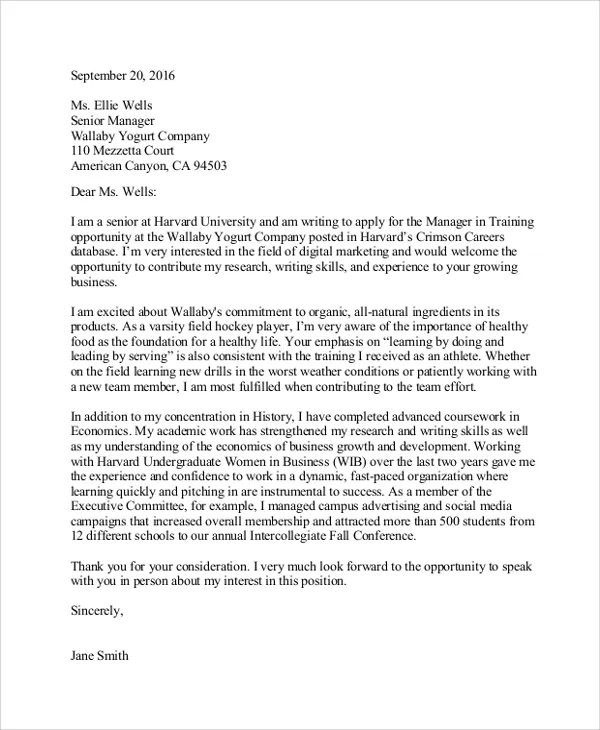
Keep your cover letter concise and to the point, aiming for one page in length. Hiring managers often have limited time to review applications, so it’s important to make every word count. Avoid unnecessary details and focus on highlighting the most relevant skills and experiences. A concise cover letter shows that you respect the hiring manager’s time and can communicate effectively.
Formatting for Readability
Format your cover letter for readability. Use appropriate spacing between paragraphs and sections to create visual separation. Utilize bullet points or numbered lists to break up long blocks of text and highlight key points. Ensure that your margins are consistent and that the text is aligned correctly. These formatting elements make your cover letter easier to read and more appealing to the eye.
Adding a Professional Closing
End your cover letter with a professional closing that expresses your enthusiasm for the opportunity and includes a call to action. Thank the hiring manager for their time and consideration. State your availability for an interview and provide your contact information. Use a formal closing, such as “Sincerely” or “Best regards,” followed by your typed name. This type of closing reinforces your professionalism and helps close the loop on your application.
